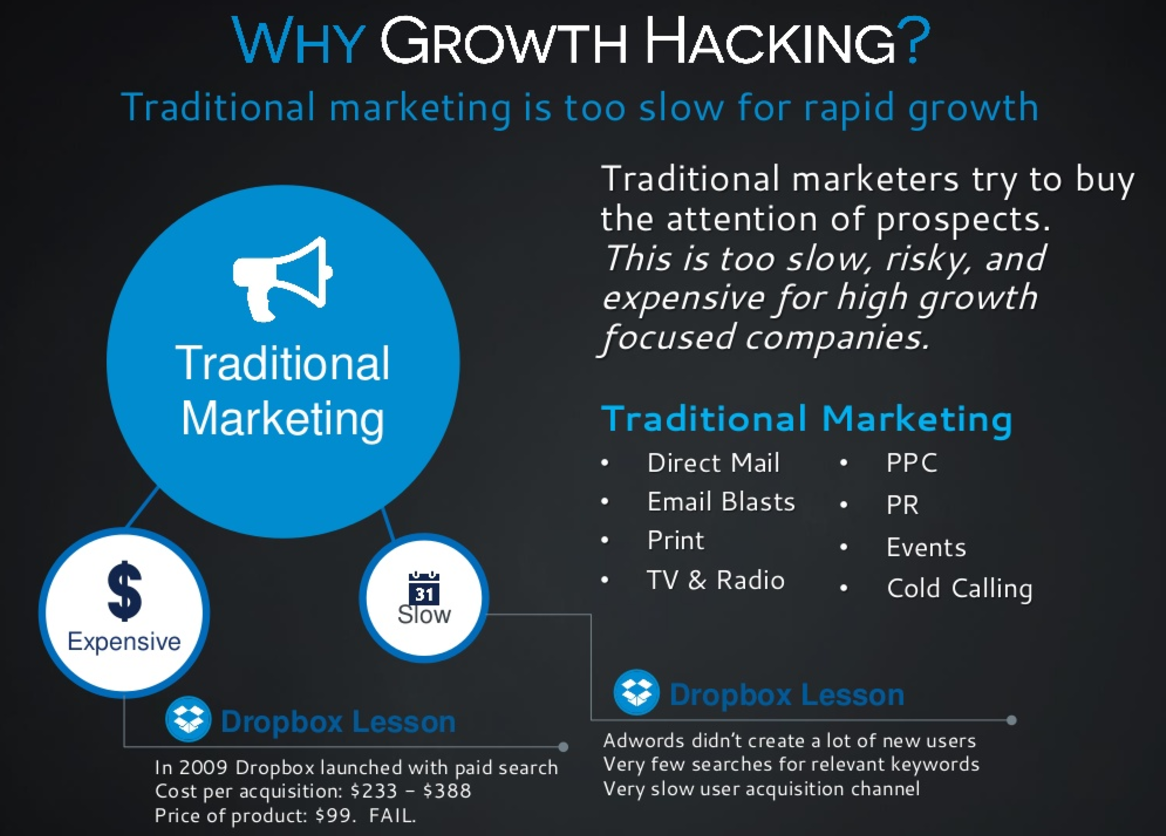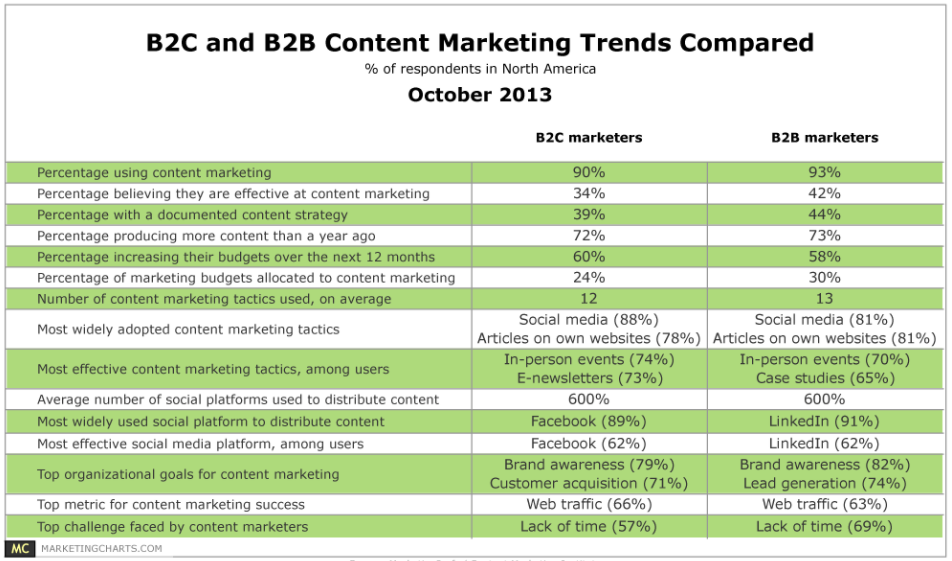Growth hacking underpins success in e-marketing
Growth hacking, like most revolutionary ideas, was born out of the need for young entrepreneurs to maximize sales of products or services with a limited budget and huge appetite for success. Thanks to new techniques and creative solutions, he found his wide application in the startup environment.
What is growth hacking?
In Poland, there are still few internet marketing professionals using the term growth hacking. Growth hacking begins where marketing tactics are met with an established product development strategy. Sean Ellis first used the term in 2010, and it was promoted by Andrew Chen. The term mainly refers to optimizing actions for almost every goal on the internet, i.e. maximizing shopping conversions, building reach, increasing the number of clicks or registering accounts. Growth hacking is distinguished by the exceptional effectiveness of techniques that result in an increase in e-commerce rates and the acquisition of more customers. Of course, it does not presuppose the exclusion of paid advertising, but strongly prefers methods that require minimal cost of acquiring a customer. And what competences should a growth hacker have? First, it should move fluently in the IT environment. Secondly, have a well-developed marketing sense.
Source: http://yongfook.com/actionable-growth-hacking-tactics.html
Channels and tools for growth hacking
In order to achieve the goal, i.e. the most common increase in sales, all channels and tools within the internet are used, which allow you to reach the recipient easily and quickly. This can result in increased web page access, increased conversions, or improved ecommerce rate. The growth hacking technique is simply to optimize and intensify the activities carried out on the network. It works well for social media activities when we want to increase the number of registered accounts. Innovative and relatively cheap solutions are very often used, such as viral marketing or more traditional ones like email marketing.

Source: http://www.slideshare.net/BryanFerguson/growth-hacking-10-keys-checklist
How to use growth hacking in your own company?
Growth hacking aims to develop your own e-business in the simplest and most effective ways. Within the internet, the best example is to speed up the operation of a website. If we want to keep a potential customer on the site and convince them to buy and – importantly – keep them with the brand for longer, we need to take the right steps. Following the blow, any customer can become a growth hacker if we encourage them to recommend their services to our client’s or potential client’s friends accordingly. This can work on the principle of giving away bonuses in the form of discounts or giveaways for each command.
Click below on “Like this page” and you will always be kept informed about new articles from my blog.
Growth hacking is used in e-mail marketing, where we maintain the customer’s interest in regular but inchable emails reminding us of the offer. It is very effective to use the available information about users, thanks to which we have a chance to personalize the advertising message. We will collect e-mail addresses informing the recipient about the possibility of subscription. Ideally, the information will be well exposed and on popular subpages. It is worth – in the form of an incentive – to give users a discount or free of charge in exchange for a subscription.
An important aspect of growth hacking is finding customers exactly where they are. From the data about them you can deduce which social channels they use and which services may be of interest to them. With such knowledge, you can better construct the advertising message and adapt the offer to potential customers.
Nothing attracts new customers like the recommendation of current users. Therefore, it is worth bragging about their opinions, certificates or awards. In addition, the internet marketing specialist will attract new users by offering bonuses, giveaways, discounts on first purchases. If such a customer becomes faithful to the brand and indues it to his friends, we will achieve the expected goals.


